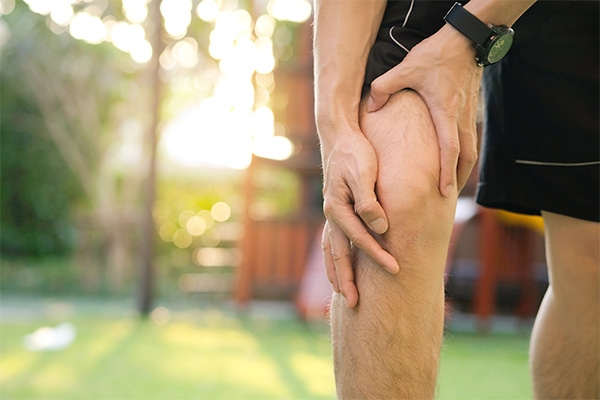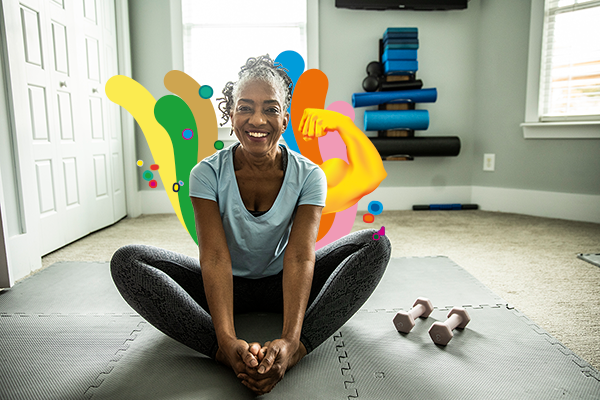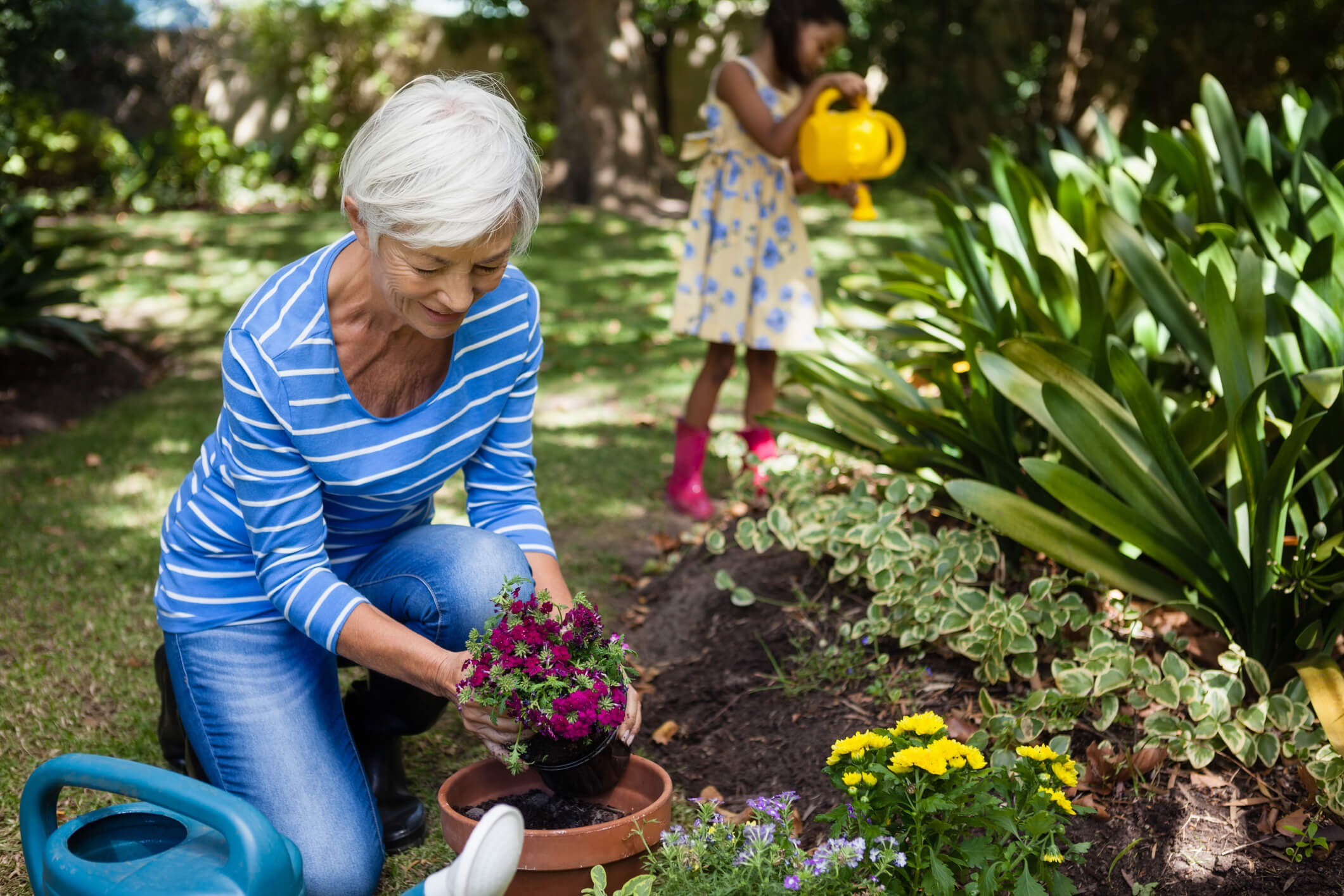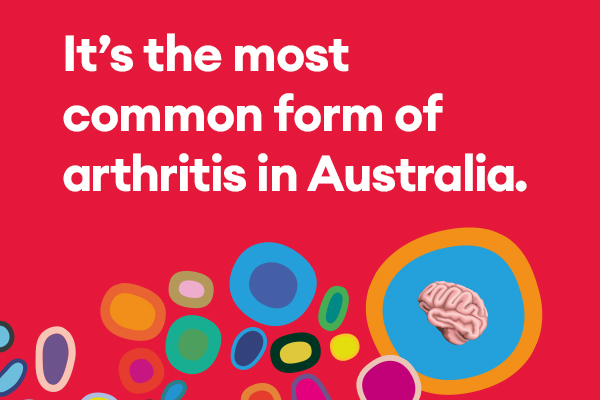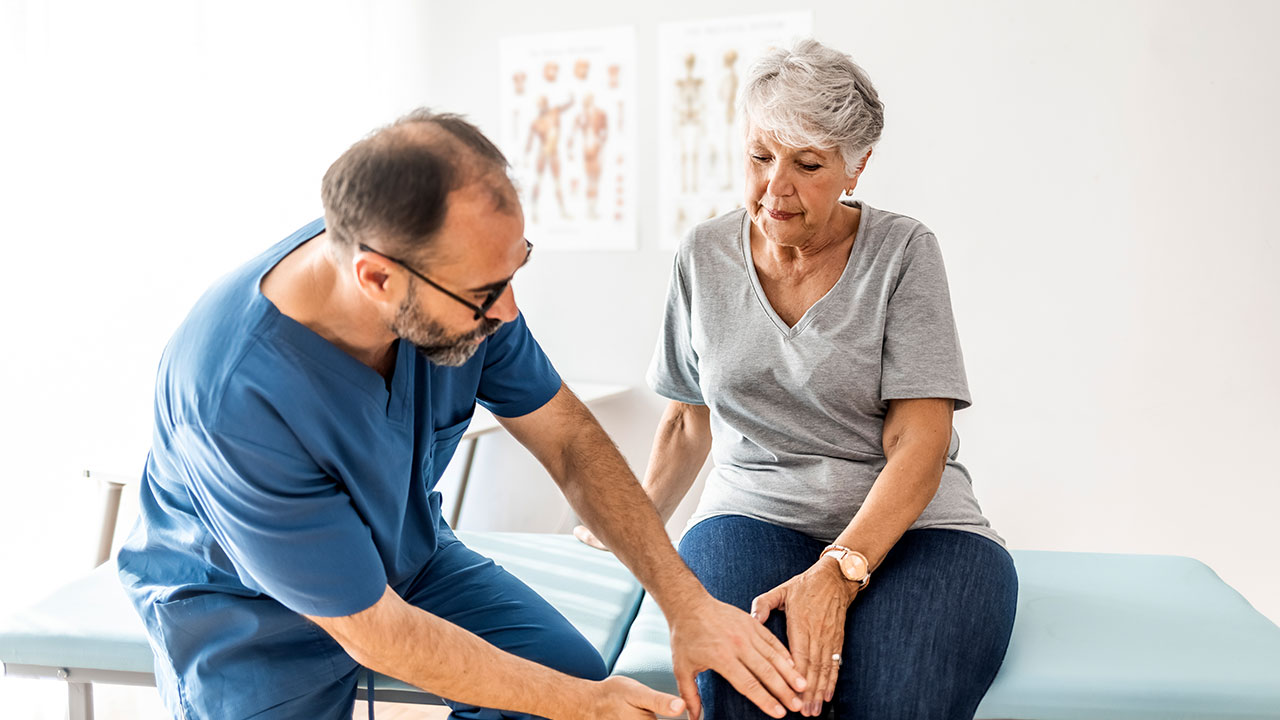Written by Medibank
July 2022
Osteoarthritis is estimated to affect more than two million Australians1 and that number is on the rise. It’s the most common form of chronic arthritis, causing persistent joint pain, stiffness and swelling. It mainly affects the hands, knees and hips, often restricting movement and making normal daily activities more difficult.
Many people think surgery is their only option, but non-invasive treatments including diet and exercise plans can help alleviate their pain and bring back their quality of life.
It’s no surprise there are many different treatments on the market as more people seek relief. These four habits might help you with the management of osteoarthritis symptoms.
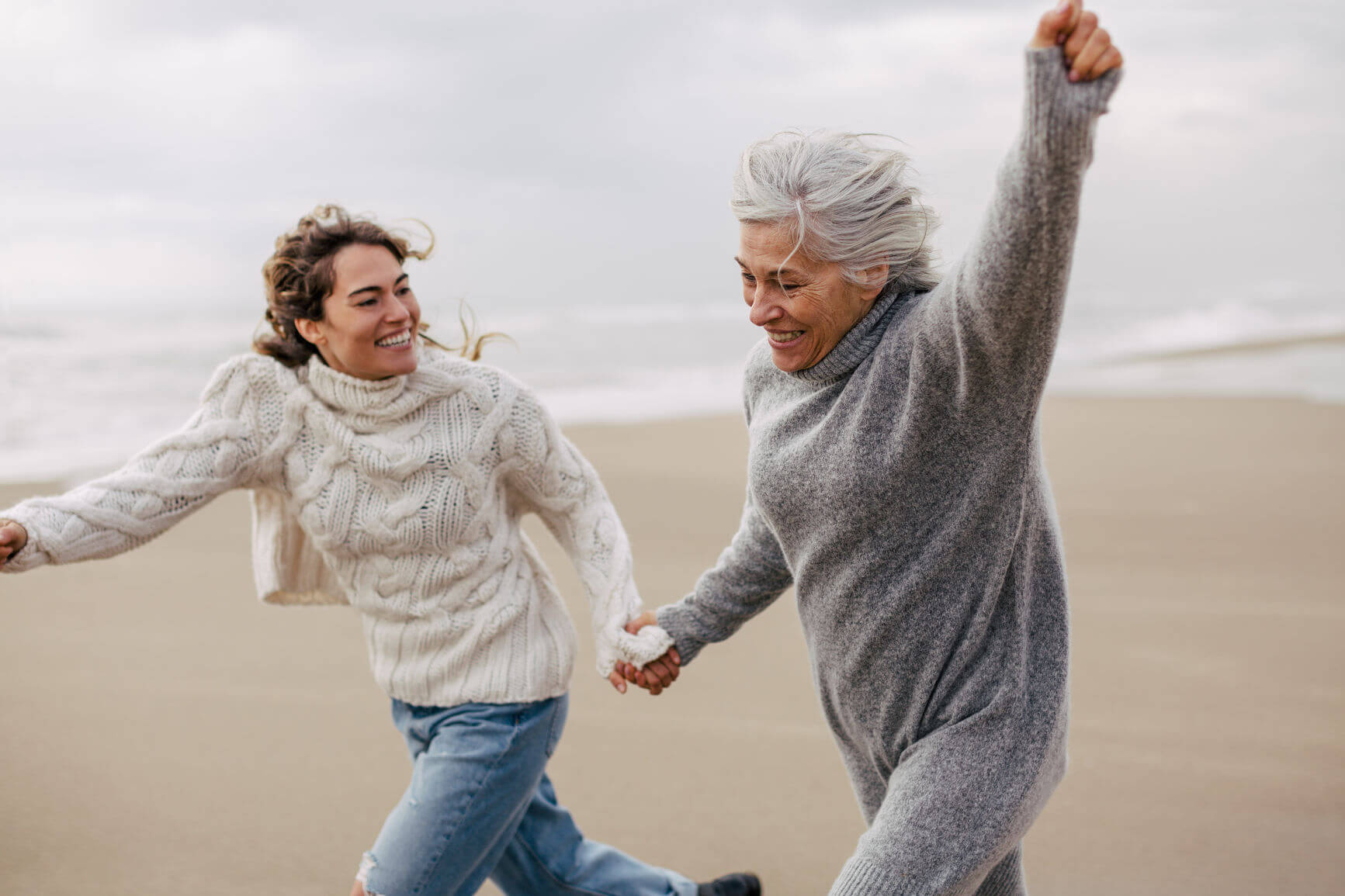

1. Do strengthening exercises for osteoarthritis
Health fact: Following an appropriate, doctor-approved and consistent exercise program can improve pain and joint function for people with osteoarthritis.
Healthy habit: Talk to your doctor and/or health professional about starting an exercise program. A physiotherapist or exercise physiologist can suggest safe exercises and help prevent injury. Try low-impact options like walking, muscle-strengthening exercises, water aerobics and tai chi, which is also great for improving balance, for management of osteoarthritis. Enlist a friend or family member to join you so you can encourage and motivate one another. Walks are also an excellent way to start or end the day with some ‘me time’ and fresh air.
2. Establish a weight loss plan for osteoarthritis
Health fact: Excess weight is a major risk factor for osteoarthritis. Getting to a healthy BMI – and maintaining it – is strongly recommended if you have the condition. Being overweight can lead to more pain and damage to the joints, particularly the knees, and even a small weight loss can reduce pain and other arthritis symptoms.
Healthy habit: Along with regular exercise, eating a wide range of healthy foods can help you feel better and lose weight. Aim for a balanced and varied diet full of fresh food, especially fruit and vegetables.
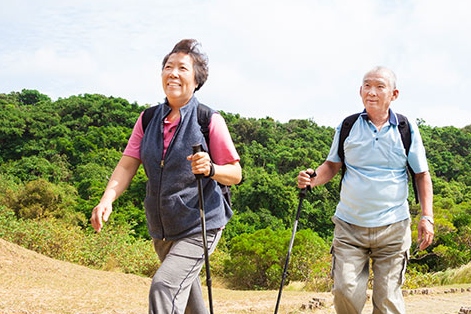
Better Knee, Better Me
This program typically combines personalised plans for exercise, weight loss and pain management that aims to help eligible members better manage painful knee osteoarthritis and help reduce the impact it has on their quality of life. Clinical and product eligibility criteria apply. Your program journey may be different depending on your needs.
3. Healing osteoarthritis naturally
Health fact: Osteoarthritis supplements in the form of herbal therapies and nutraceuticals are very common. While the RACGP recommends against taking nutraceuticals such as glucosamine, chondroitin or vitamin D – three widely marketed therapies – it remains neutral on herbal therapies like Indian frankincense, turmeric (curcuma) and pine bark. However, the RACGP’s guidelines for the management of knee and hip osteoarthritis do not support the use of acupuncture.
Healthy habit: Try a form of massage or manual therapy, like physiotherapy as part of your plan to manage osteoarthritis. And, if you find it helps with your symptoms, your health cover may come in handy.
4. Use anti-inflammatory osteoarthritis medications, as per your doctor’s instructions
Health fact: In its most recent guidelines, the Royal Australian College of Practitioners (RACGP) strongly recommends against the use of opioid-based medications as well as a range of other drug-based treatments for people with osteoarthritis.
Healthy habit: Discuss your pain relief options with your GP. Some non-steroid, anti-inflammatory medications (e.g. ibuprofen tablets, and corticosteroid injections) under the guidance of a treating medical practitioner can provide short-term symptom relief, but long-term use is not recommended.
Your next steps
The best place to start is by talking to your GP or healthcare professional. Understand what’s going on with your body, and how you can help support your health and improve the management of your osteoarthritis. Start with a plan, set realistic goals and don’t be afraid to ask for help along the way.
Read more about osteoarthritis
Looking for something else?
Visit Joint health for more information.
Things you need to know
1 Australian Institute of Health and Welfare, Osteoarthritis, Retrieved 15 June 2022.
While we hope you find this information helpful, please note that it is general in nature. It is not health advice, and is not tailored to meet your individual health needs. You should always consult a trusted health professional before making decisions about your health care. While we have prepared the information carefully, we can’t guarantee that it is accurate, complete or up-to-date. And while we may mention goods or services provided by others, we aren’t specifically endorsing them and can’t accept responsibility for them. For these reasons we are unable to accept responsibility for any loss that may be sustained from acting on this information (subject to applicable consumer guarantees).
